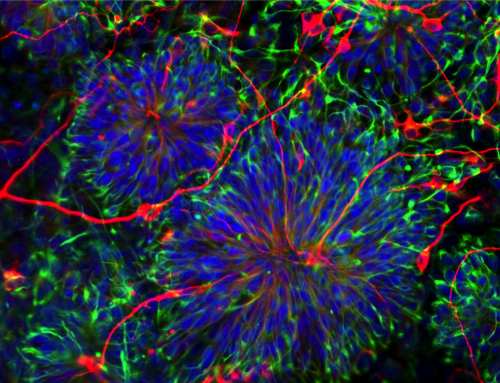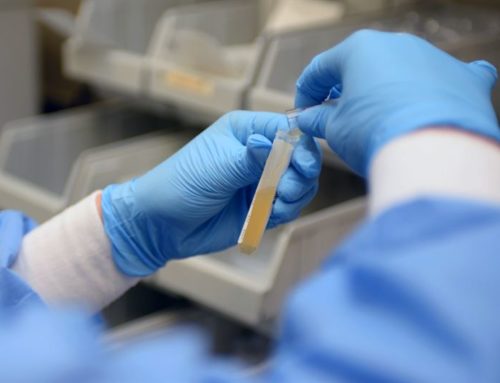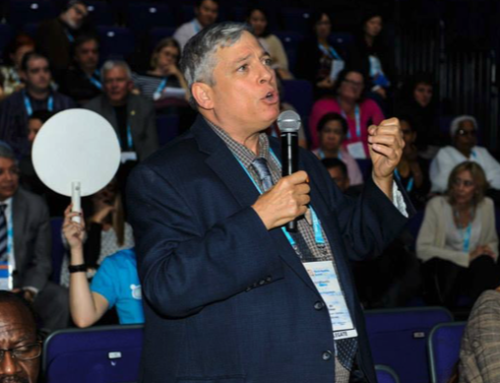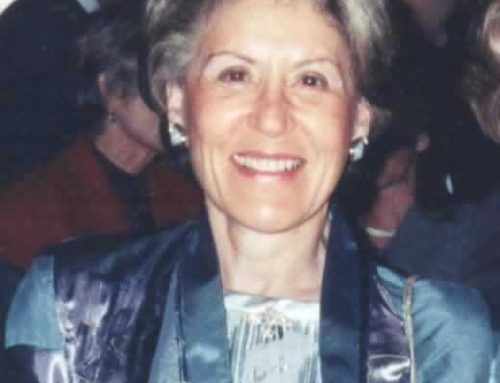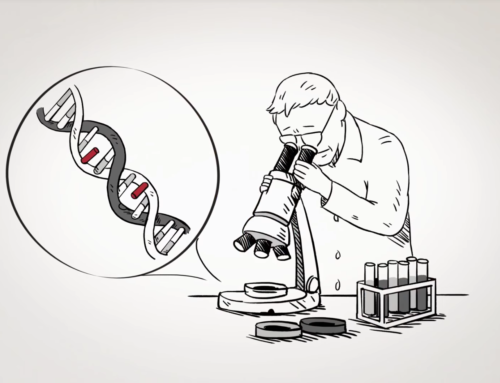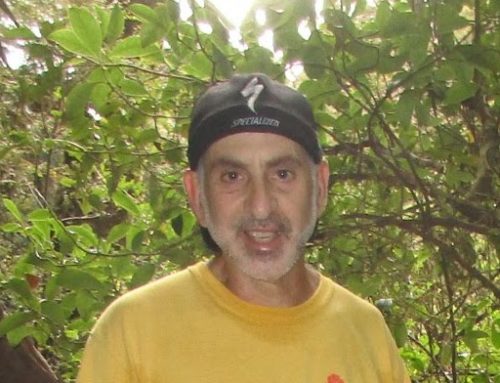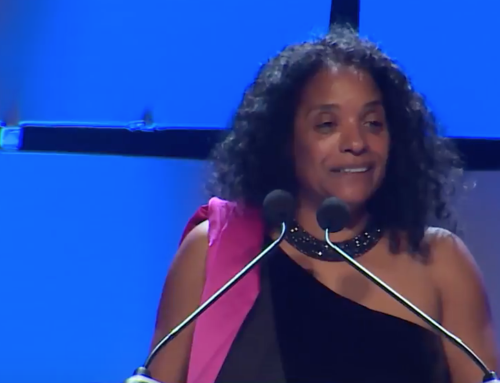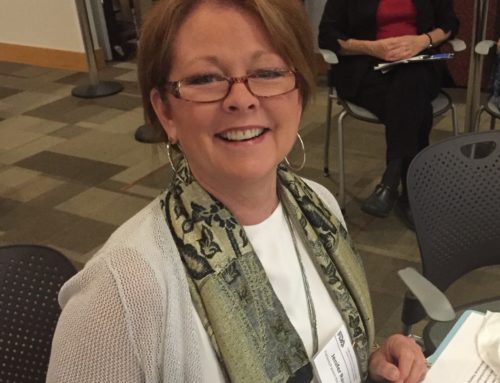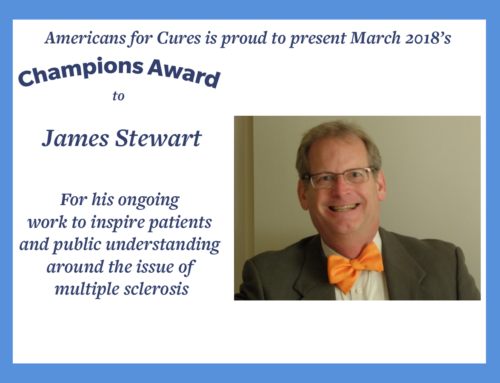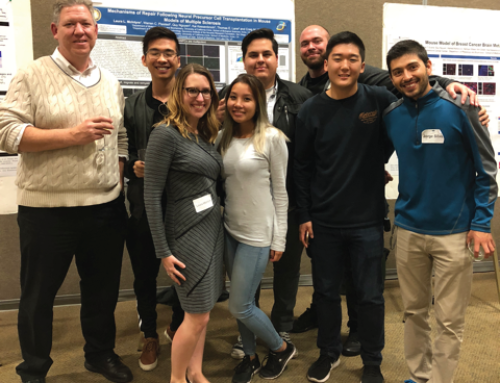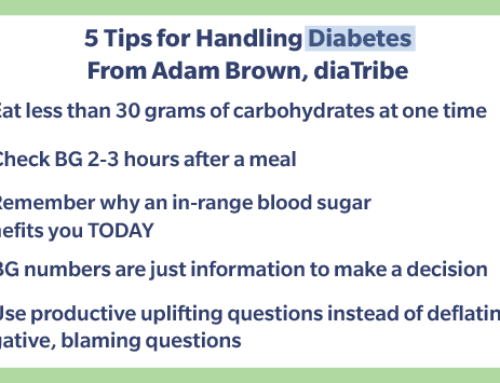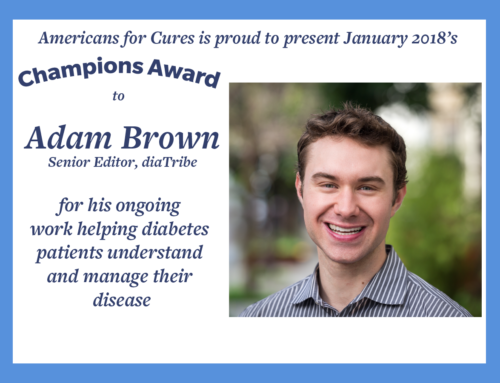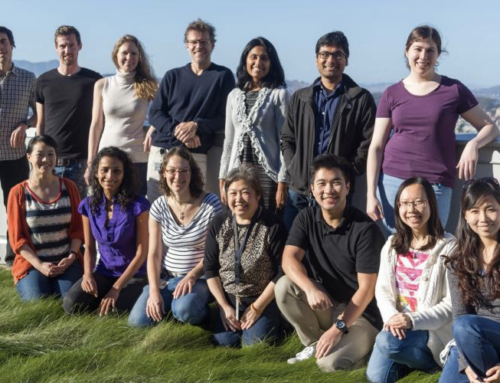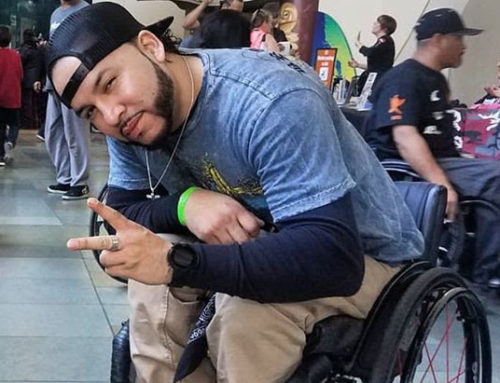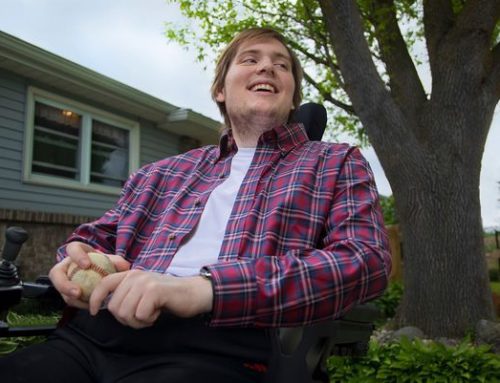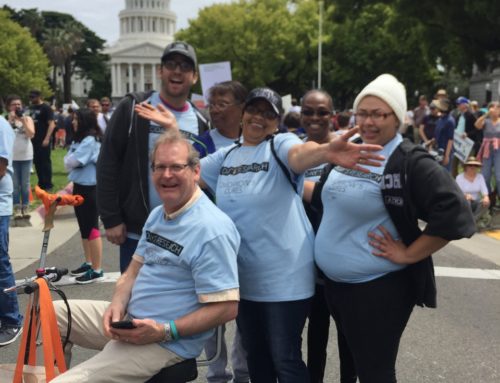“How do you do?”
The voice on the line was deep, confident, self-assured.
I tried to think what to say.
“Um, do you like sharks and dolphins? Because I used to be a diver for Marine World Africa USA, and I would swim with them every day!”
There was a polite pause, then:
“Finding Nemo, very good,” said Pranav, age three. He had strong positive opinions (positive) on Elmo, the little red creature from SESAME STREET, and also he intended to walk on the face of the moon.
He had so many goals and plans, always with dates on them. He intended to direct a movie starring Barack Obama, but only after the President retired, when he would presumably not be so busy, and have the time.
Pranav had Spinal Muscular Atrophy (SMA), a deadly form of childhood paralysis. He had a tube poked into his stomach and another one to help him breathe. He could go a short while without the latter, allowing him to participate in home school and to learn three languages.
His mother, Kavitha, quit her job to stay home and care for him full-time, often sitting by his bed all night, struggling to keep him alive.
“Of course, that is what a mother does,” she said, “Still it is hard to watch your child suffer.”
But there are limits to what love and dedication can do.
I called Kavitha to ask for an advocate’s favor: something she was always willing to do. A letter needed writing, or a call should be made—she would always help.
But her voice was different.
Pranav had been feeling tired, she said, and for some reason his father had felt a need to stay home from work that day, which was not usual. So they both were with him, when Pranav said:
“Mom, I cannot breathe”.
They went into emergency mode, having been in that situation many times before. The medics arrived in under ten minutes.
But Pranav was gone.
“I wish we had had just a little more time with him,” said Kavitha, “I wish there was something else we could have done.”
In the past, such a disease was simply incurable, destroying lives and families. But now, although we do not yethave a cure, we are finding ways to work toward one.
First, we need to know what is missing? What is too much or too little, that is causing this terrible condition?
Motor nerves (MNs) bring messages from brain to body. When the motor nerves die off, the mind cannot control the body.
In the case of SMA, it appears a protein is lacking to support one kind of motor nerve, the Survival Motor Nerve. When the Survival Motor Nerves die, so does the body. The diagnosis may come as early as six months; death may follow at two. That Pranav lived to age seven is exceptional.
Bennett Novitch of UCLA sums it up in scientific terms: “…progressive degeneration of MNs, (showing) first as muscle weakness, followed by locomotor deficits (less body control) and frequently death due to respiratory failure.”
Working on a grant from the California stem cell program, Dr. Novitch came up with a tool that may be extremely helpful: a way to follow the “activity of stem cell-derived MNs… (using) light-based…stimulation and recording techniques…”
Optogenetics… Think of a traffic signal with an attached camera. The red and green lights help control the traffic; the camera records the movement of the cars, so violators can be ticketed.
Similarly, the Novitch system of lights may allow the tracking and recording of MN cells, whole populations of them, differentiating the good from the bad: and perhaps even stimulating the growth of the good.
Paraphrasing Abraham Lincoln: “Before we can know where we are going, we must first know where we are.”
The Novitch light idea may help show where the nerves are going wrong, and maybe even help them to go right.
John Dimos of Ipierian, inc., advanced the effort by working with “patient-derived motor neurons, the specific cell type that dies.” His approach was to “take skin cells from patients with SMA, grow them in a dish, and turn them into motor neurons.
Using nerve cells “infected” with SMA, it may be possible to test thousands of drugs on them, to find one that helps the motor neurons, maybe even kill the disease.
Using similarly-made cell lines, Jing Quan Yee of the City of Hope wishes to “explore the mechanisms of…MN degeneration in SMA.”
He wants to find out why one specific gene is affected by the “deficit” of the Survival Motor Neurons.
The study may “provide valuable insights in the understanding of SMA pathogenesis, (how the disease progresses) and aid in exploring new…targets for drug intervention.”
Like a giant puzzle with multiple people working on it, the struggle to defeat SMA is long and complicated.
If someone you love is affected by this condition, I recommend a couple sites for your consideration.
1. To understand the condition on a personal basis, visit the Gwendolyn Strong Foundation, run by Bill and Victoria Strong, honoring their daughter.
2. For an patient advocate organization dedicated to fighting SMA, check out CURESMA: Cure SMA | Home
3. For up-to-date scientific information, visit SMA NEWSTODAY: https://smanewstoday.com/tag/clinical-trial/
4. And be sure and drop by Americans for Cures Foundation, where we work to support and expand stem cell research.
Six feet from me as I write this now, is a bulletin board, jammed with pictures. And right in the middle is a young man in a wheelchair, and on his lap is a book about red furry Elmo, in Sesame Street.
That is Pranav’s picture, and it will remain there as long as I live, just as my advocate son Roman keeps a picture of Gwendolyn Strong on his bookshelf, where he can see it every day.
To remind us why the struggle must go on.
This post originally appeared on HuffPost.
Don C. Reed is Vice President of Public Policy for Americans for Cures, and he is the author of the forthcoming book, CALIFORNIA CURES: How California is Challenging Chronic Disease: How We Are Beginning to Win—and Why We Must Do It Again! You can learn more here.







